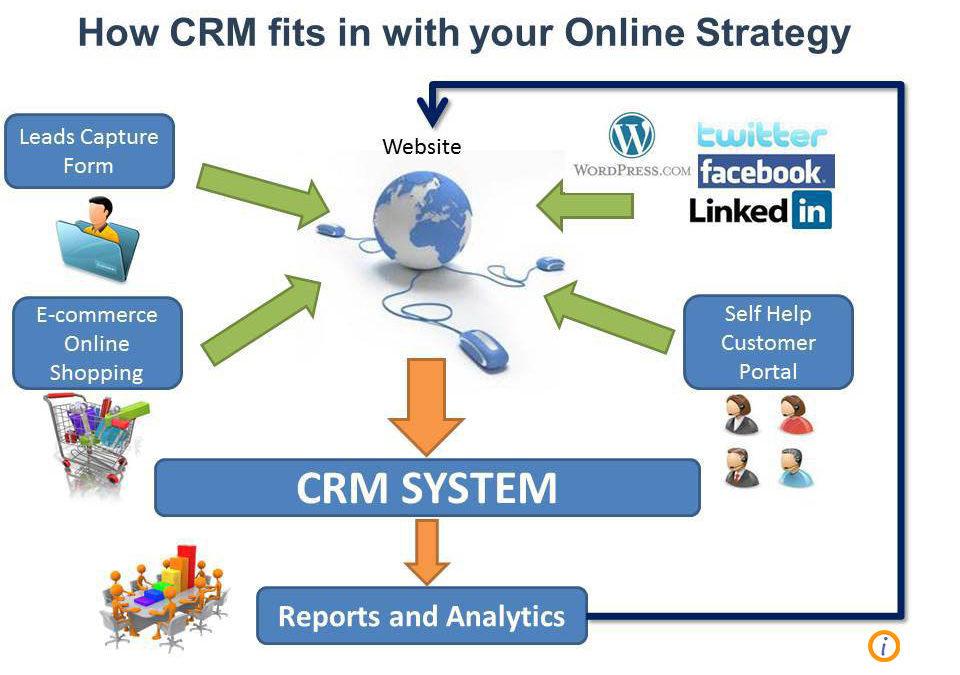
4 Easy Steps to Creating Content for an Account-Based Marketing Strategy
The true promise of ABM – deeper engagement at your most valuable target accounts, more cross-selling and up-selling opportunities within your existing accounts, and greater buy-in from all key stakeholders and decision-makers – is the holy grail of marketing. And it is only made possible by creating, developing, and leveraging high-quality account-based content (ABC).
Let’s take a closer look at exactly how to create, manage, and deploy truly effective account-based content.
PERSONALIZING CONTENT QUICKLY AND EFFECTIVELY WITH ACCOUNT-BASED CONTENT (ABC)
If traditional marketing is like sardine fishing with a wide net, account-based marketing is spearfishing for whales. It involves profiling and targeting the specific ideal accounts that are most likely to close and are most beneficial to your portfolio. But to target these accounts – and more specifically, to target the multiple key decision-makers and stakeholders at each level of the account that actually influence the decision whether or not to close the deal – you need highly granular specificity and insight into the account’s organization and hierarchy. Essentially, you need good market intelligence data…
Read more at Pardot.com

Get a plan in place
Our Approach Is Different
- We listen
- Work together
- Measure success









